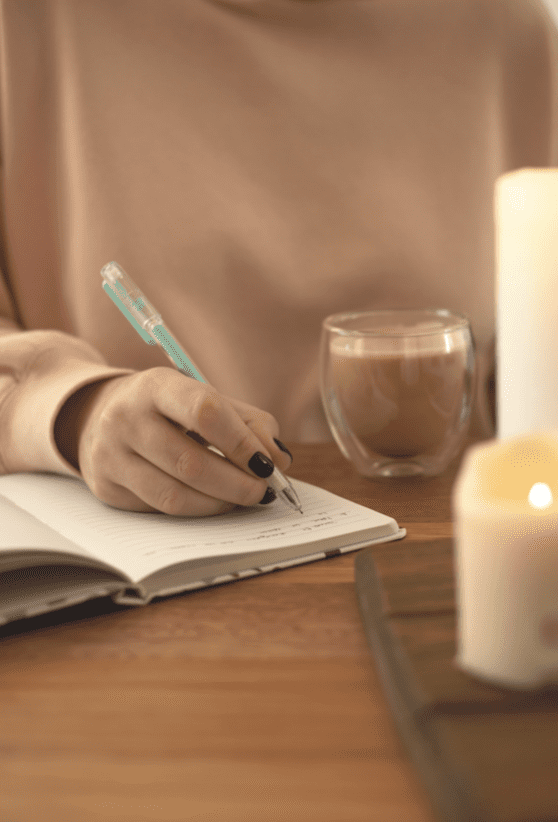A Practice of Gratitude
Prior to my life in recovery, I lived most days in negativity. I worried over most things. Money, people who didn’t do what I thought they should do and most everything that didn’t seem to go my way. It was so amazing how much energy living with a negative attitude took.
With the help of my therapist, the rooms of AA, and my friends in the Fellowship, I have learned to conquer this behavior trait with the practice of daily gratitude. I have found for myself that by regularly acknowledging all that is good in life, no matter how small, brings my attitude positive long term change.
If you find yourself struggling as I did in the beginning, here are some ways we canbring the practice of gratitude into our daily program of recovery.
-
The Grateful Dozen
Most of us know of the concept of a gratitude journal. With the “Grateful Dozen” make a list of 12 things you are grateful for. A long list makes sure you will dig deeper and not stop with just a few obvious things. After you have finished, read it aloud, slowly. Hear how the words roll off of your tongue and savor all the small joys you have experienced in your day. -
Fill in the Blanks
If there is an area in your life that is causing you concern or worry, like a problem at work or money, choose a theme and write down 3 things in this area that you are grateful for. If your work problem is one of not enough time, notice the small accomplishments you have made that move you toward completion of a goal. Notice all the small positives. Once you tap into a more positive mindset, your unconscious mind might lead you to a more fulfilling outcome. -
Sense of Gratitude
One way to notice what you are grateful for is to tune into what feels good to your body and your senses. Focus on anything that brings joy to your senses. The sunlight on your face, your favorite chocolate bar on your tongue, or the way a warm shower feels on your skin. Take time to savor these memories and feelings of gratitude. -
Write a Thank You Note
If you have a friend or family member you are thankful for, write them a hand written thank you note. You don’t have to send it. Just the process of sharing what they have given you, how they have brightened your life, and the memories you have shared will bring a profound sense of gratitude. In my recovery, this exercise has helped me handle challenging individuals by reminding me of their positive qualities, helping me through difficult times. -
Tune Into Your Thoughts
Throughout the day, take time to be present and notice your thoughts. Are they primarily positive or negative? If you find yourself in a negative spiral, try to find something in your negative thought pattern that can prompt gratitude. I have been told time and time again in the rooms, I can restart my day at anytime! -
Make it a Habit
This is the hard part. The suggestion was made to me to make gratitude part of my daily recovery routine. Just like planning my meetings, setting a time to work with my sponsor, and doing a 10th step daily, working a program of daily gratitude is part of the routine. How do we make it intentional?- Make a visual, put sticky notes with what you are grateful for on your bathroom mirror to remind you of your daily practice.
- Set a reminder, set an alarm on your phone to go off each day at lunch then take 5 minutes to write out a gratitude list.
- Friends/Family to hold you accountable, invite friends or family to participate daily with you in your gratitude practice. Pick a time to share your thoughts daily.
Research shows that people are more successful in achieving goals if they have a method to help hold them accountable.
For me, practicing gratitude has brought more happiness and serenity to my life. I also know that when times get difficult, I have my therapist, my trusted friends in the program, and my family to support me, and for all these things, I am forever grateful!
~ A Grateful Recovering Dentist ~

